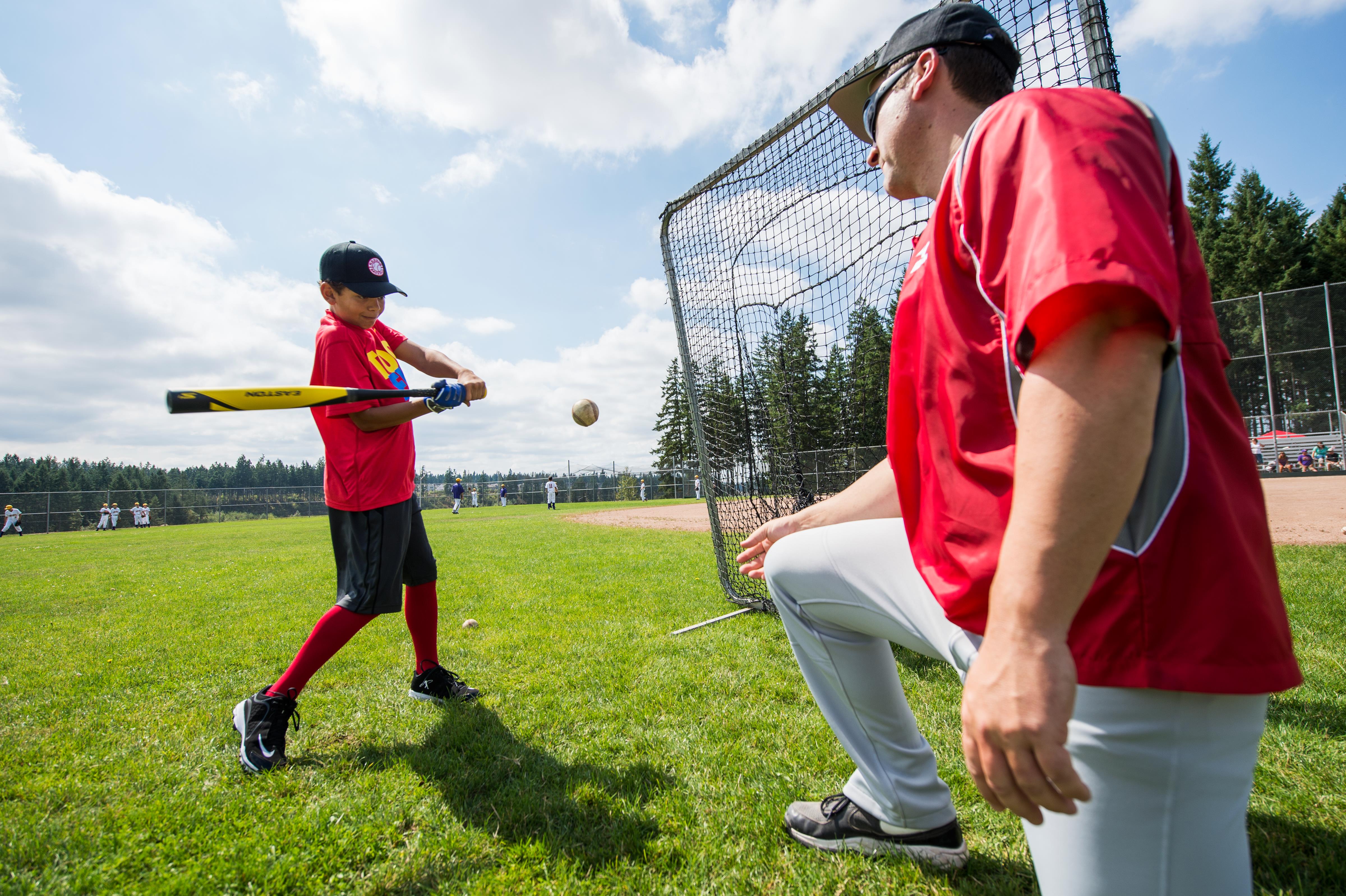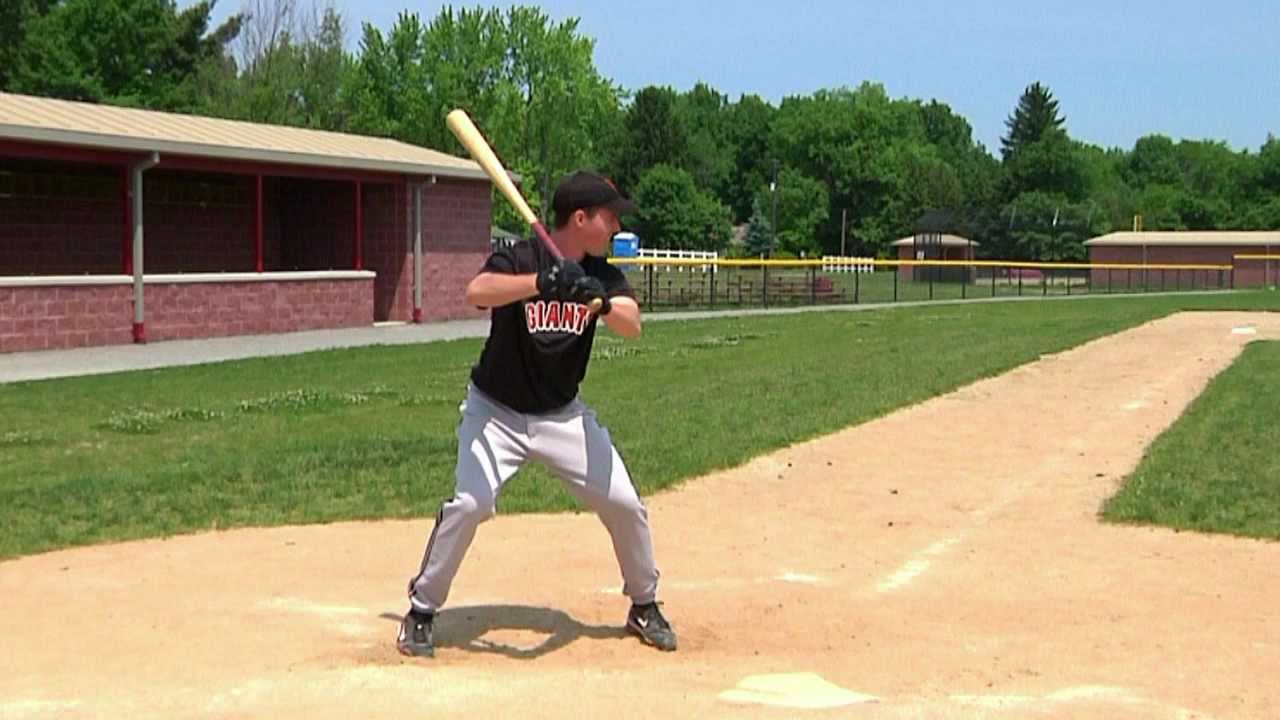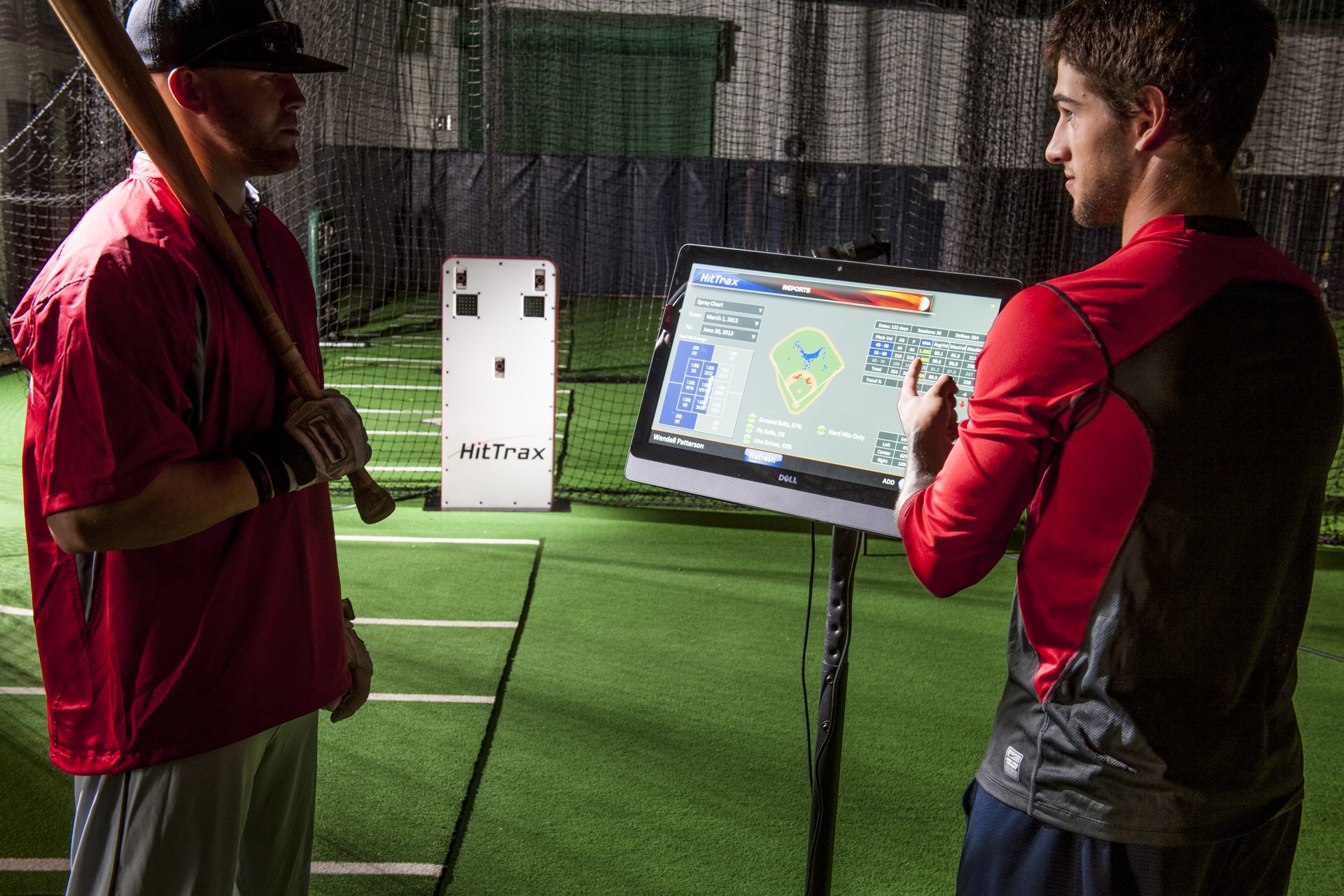Blog
How to Improve Batting Skills in Baseball?
How to improve batting skills in baseball? This is a question that many aspiring players seek to answer. Batting is a crucial component of the game, and honing these skills can lead to significant improvements in performance. Whether you are a beginner or an experienced player looking to refine your craft, there are numerous strategies and techniques to consider. In this article, we will explore various methods to elevate your batting skills, encompassing everything from mechanics to mental approaches.
>>>Buy now: 0 Kyle Kuzma Lakers Jersey Inspired Style Baseball Jacket for Men Women
1. Understanding the Fundamentals of Batting
Before delving into advanced techniques, it’s essential to grasp the fundamental aspects of batting. A solid foundation will not only enhance your performance but also boost your confidence at the plate.
The Stance: Setting Up for Success
Your batting stance is one of the foundational aspects of successful hitting.
A balanced stance allows you to generate power while maintaining control over your swing. Stand with your feet shoulder-width apart, ensuring your weight is evenly distributed. Bend your knees slightly and keep your hands relaxed but ready.
It’s crucial to feel comfortable in your stance; experimentation may be necessary to discover what works best for you. Try different positions and observe how they affect your swing’s mechanics. Having a consistent stance will help you make contact with the ball more consistently.
Grip and Hand Positioning
The way you grip the bat can significantly influence your swing’s effectiveness.
When gripping the bat, ensure your fingers are wrapped around it comfortably, yet firmly. Avoid squeezing too tightly, as this can lead to tension in your forearms and hinder your swing’s fluidity.
Position your dominant hand on top, with your bottom hand resting just below it. This grip allows for better control and increased bat speed. As you practice, focus on feeling the bat’s weight and adjusting your grip as needed to find your optimal batting style.
Swing Mechanics: Timing and Technique
Understanding swing mechanics is vital for improving your batting skills.
Begin your swing with a smooth load, shifting your weight back slightly before exploding forward. This motion generates the necessary power for your hit. Focus on driving your back hip toward the pitcher as you initiate your swing.
As you make contact with the ball, ensure your head stays still and your eyes remain locked on the pitch. Follow through with your swing, extending your arms fully to maximize power. Regularly record and analyze your swings using video to identify areas for improvement.
2. Developing Mental Toughness at the Plate
Batting isn’t solely about physical prowess; mental toughness plays a significant role in achieving success.
A positive mindset can help you overcome challenges and distractions while increasing your overall performance.
Visualization Techniques
Visualization is a powerful tool employed by athletes across various sports. Picture yourself in the batter’s box, confidently facing a pitcher.
Imagine seeing the ball leave the pitcher’s hand and your perfect swing connecting with it. By regularly practicing visualization, you can create a mental blueprint for success, enhancing your focus and confidence.
Take time before each game to visualize your performance, focusing on specific situations you may encounter. This technique fosters familiarity and reduces anxiety during actual games.
>>>Read more: Express Your Personality With Baseball Jacket Brown
Embracing Failure and Staying Resilient
Every player faces failure at the plate; understanding this reality is key to developing resilience.
Instead of viewing strikeouts or missed opportunities as setbacks, view them as learning experiences. Analyze your failures constructively, identifying areas for growth.
Fostering a growth mindset will enable you to embrace challenges and continue improving. Remember that even the best hitters have slumps; your ability to bounce back will define your success over time.
Positive Self-Talk
The language you use with yourself can greatly impact your performance.
Replace negative self-talk with affirmations that reinforce your skills and capabilities. Instead of thinking, “I can’t hit,” try saying, “I am a skilled hitter, and I will succeed.”
During practice sessions and games, remind yourself of your achievements and the work you’ve put in. This mental shift can bolster your confidence, allowing you to approach each at-bat with determination.
3. Practicing Effective Drills for Improvement
To truly master your batting skills, incorporating targeted drills into your training regimen is crucial.
These drills will help strengthen your mechanics, develop muscle memory, and ultimately improve your performance at the plate.
Tee Drills for Consistency
Tee drills are an excellent way to focus on your swing mechanics without the pressure of live pitching.
Set up a tee at the height of the strike zone and practice your swing, concentrating on proper form and follow-through. Experiment with hitting the ball to different parts of the field, refining your ability to make contact.
Aim for consistency in your contact; the more you practice, the more natural your swing will become. Incorporate variations into your routine—such as using different pitches or angles—to prepare yourself for game scenarios.
Soft Toss Drills for Timing
Soft toss drills improve your timing and hand-eye coordination.
Have a partner lightly toss balls underhand from the side as you take your swings. Focus on tracking the ball and making solid contact, emphasizing your swing mechanics throughout.
Incorporate this drill into your routine several times a week. Progressively increase the speed and difficulty of the tosses to challenge yourself further. The aim is to develop your ability to read pitches effectively and react swiftly.
Live Batting Practice
Nothing beats the experience of facing live pitching.
Schedule regular batting practices against pitchers, whether it’s teammates or coaches. This exposure will help you adapt to various pitching styles, speeds, and movements.
During these sessions, focus on reading the pitcher’s delivery and adjusting your swing accordingly. This practical application reinforces everything you’ve worked on, solidifying your skills for game day.
4. Analyzing Performance and Adjusting Approaches
Continuous improvement requires self-reflection and analysis.
Reviewing your performance regularly will help identify strengths and weaknesses, enabling you to adjust your training and gameplay accordingly.
Keeping a Batting Journal
Consider keeping a batting journal to track your progress and performance metrics.
Record details from each game or practice session, including outcomes, pitch types faced, and adjustments made. This documentation will allow you to identify trends and areas for improvement over time.
Regularly reviewing your journal can provide insights into your development and help shape your future training sessions.
Video Analysis for Improvement
Utilizing video analysis can be transformative for your batting skills.
Recording your swings during practice sessions allows you to visually assess your mechanics. Look for inconsistencies in your stance, grip, and swing path that may need adjustment.
Collaborate with a coach or experienced player to review your footage together. Their insights can offer different perspectives, helping you refine your technique and ultimately improve your performance.
Seeking Feedback and Coaching
Don’t hesitate to seek feedback from coaches and peers.
Ask for constructive criticism after games or practice sessions. They may notice aspects of your performance that you overlook, providing valuable input for improvement.
Consider enrolling in clinics or individual coaching sessions to receive specialized guidance tailored to your needs. Maintaining an open mindset to learn from others will accelerate your progress on the field.
FAQs
How often should I practice batting?
Regular practice is essential for improvement. Aim for at least three to four dedicated hitting sessions per week, incorporating various drills and live pitching when possible.
What are some common mistakes to avoid while batting?
Common mistakes include having an improper stance, gripping the bat too tightly, and failing to maintain eye contact with the ball. Focus on correcting these issues to enhance your performance.
How do I build confidence at the plate?
Building confidence comes from preparation and positive self-talk. Visualize successful at-bats, practice regularly, and remind yourself of your accomplishments to boost your self-assurance at the plate.
Can mental exercises really improve my batting?
Absolutely! Mental exercises like visualization, positive self-talk, and mindfulness can significantly enhance your focus and performance, leading to improved batting skills.
What are some good drills for improving batting?
Effective drills include tee drills, soft toss, and live batting practice. Each drill addresses different aspects of your swing and helps develop muscle memory.
Conclusion
Improving batting skills in baseball is a multifaceted journey that encompasses physical techniques, mental toughness, and continuous practice. By mastering the fundamentals, embracing a resilient mindset, engaging in effective drills, and analyzing your performance, you can develop into a confident and proficient hitter. Remember, persistence and dedication are key components to reaching your full potential at the plate. Keep pushing yourself, stay focused on your goals, and enjoy the process of growth as a baseball player.



